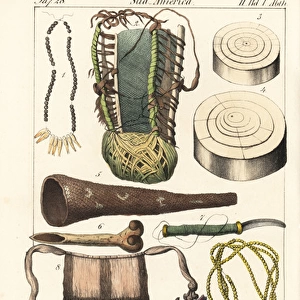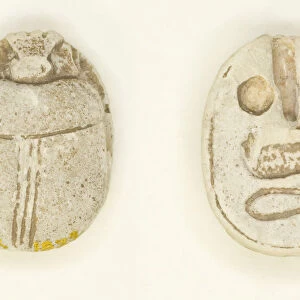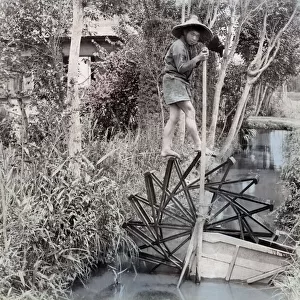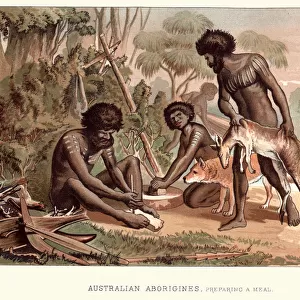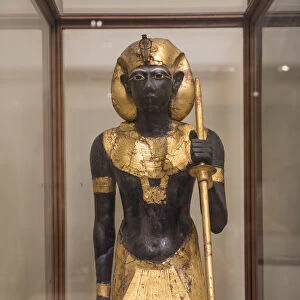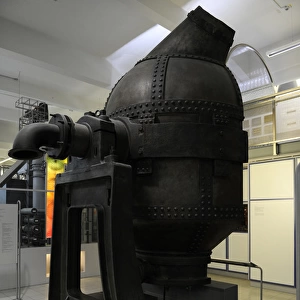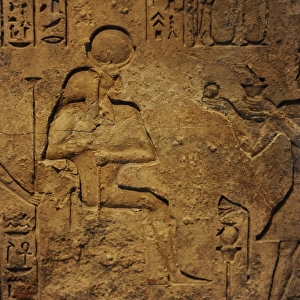Cushion : Egyptian art. Funerary Cone with stamped inscription on the
![]()

Home Decor from Mary Evans Picture Library
Egyptian art. Funerary Cone with stamped inscription on the
Egyptian art. Funerary Cone with stamped inscription on the base in hieroglyphic writing. Museum of Fine Arts. Budapest. Hungary
Mary Evans Picture Library makes available wonderful images created for people to enjoy over the centuries
Media ID 14340502
© Thaliastock / Mary Evans
Before Christ Civilization Cone Document Funerary Hieroglyphic Hieroglyphics Symbol
Cushion
Refresh your home decor with a beautiful full photo 16"x16" (40x40cm) cushion, complete with cushion pad insert. Printed on both sides and made from 100% polyester with a zipper on the bottom back edge of the cushion cover. Care Instructions: Warm machine wash, do not bleach, do not tumble dry. Warm iron inside out. Do not dry clean.
Accessorise your space with decorative, soft cushions
Estimated Product Size is 40cm x 40cm (15.7" x 15.7")
These are individually made so all sizes are approximate
Artwork printed orientated as per the preview above, with landscape (horizontal) or portrait (vertical) orientation to match the source image.
EDITORS COMMENTS
1. Title: "A Glimpse into Ancient Egypt: The Funerary Cone of Hieroglyphic Inscriptions from the Museum of Fine Arts, Budapest" This photograph showcases an ancient Egyptian funerary cone, a remarkable artifact that offers a window into the rich history and cultural practices of one of the world's most intriguing civilizations. Dating back to before the Common Era, this cone, now housed in the Museum of Fine Arts in Budapest, Hungary, is adorned with intricate hieroglyphic inscriptions on its base. Hieroglyphics, the ancient Egyptian system of writing and pictorial language, served as the primary means of communication for the civilization's religious, administrative, and literary records. The use of hieroglyphs on funerary cones was a common practice, believed to ensure the deceased's journey to the afterlife was successful. The cones were often placed near the mummy or in its tomb. The age of this particular cone is estimated to be around 3100-30 BC, placing it during the Old Kingdom period of ancient Egypt, a time marked by the development of the pyramid building and the establishment of the Egyptian Empire. The relief on the cone features various symbols, including the ankh, the symbol of life, and the djed pillar, representing stability. As you gaze upon this photograph, imagine the stories this ancient artifact could tell about the beliefs, customs, and daily life of the ancient Egyptians. The intricate hieroglyphic inscriptions, the symbolic reliefs, and the historical significance of the cone serve as a testament to the enduring legacy of this ancient civilization. This photograph is a reminder of the importance of preserving and studying historical artifacts, as they offer valuable insights into the past and help us better understand the world we live in today.
MADE IN AUSTRALIA
Safe Shipping with 30 Day Money Back Guarantee
FREE PERSONALISATION*
We are proud to offer a range of customisation features including Personalised Captions, Color Filters and Picture Zoom Tools
SECURE PAYMENTS
We happily accept a wide range of payment options so you can pay for the things you need in the way that is most convenient for you
* Options may vary by product and licensing agreement. Zoomed Pictures can be adjusted in the Cart.




